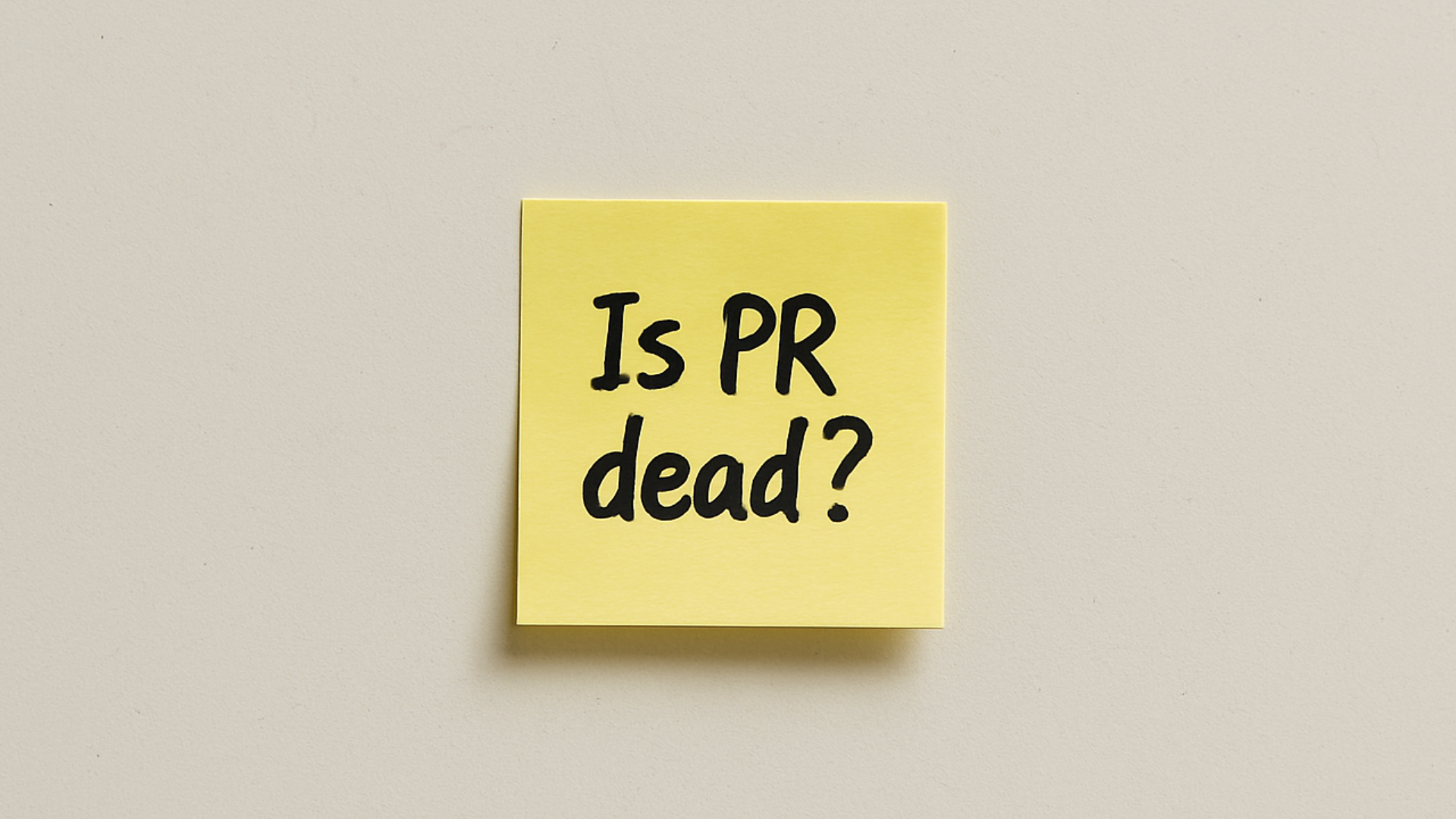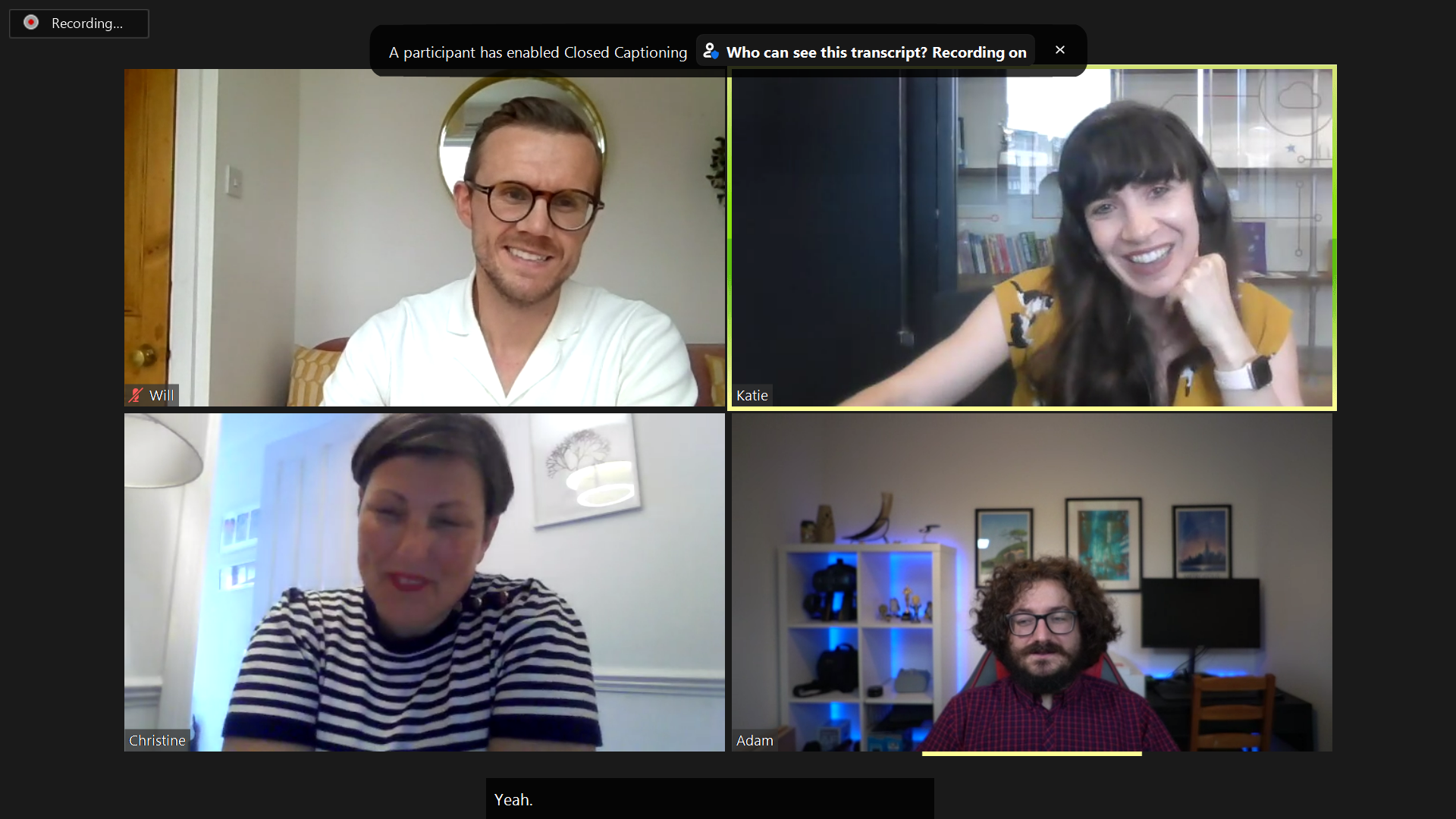Our US-based team brings decades of expertise to supplement the efforts of the team in London. Here are the top five insights for European companies that want to approach US journalists.
Get the building blocks in place
Very few US reporters are going to cover a company they can’t do due diligence on – so here’s where a US-based customer, a US-based partner, an industry analyst relationship or perhaps US venture funding can make all the difference between a quickly deleted pitch or something that gets further study and consideration.
- Websites are crucial. If your website needs a refresh, please do it before you even think about pursuing US media coverage. Your site must be search optimized, both from a content perspective and technical SEO so journalists can easily find you online.
- Get your social profiles updated. Many reporters will look for the social profiles of the companies they want to cover – for foreign companies, they want to see US-focused content by a US-based company representative. Or, you can ‘score points’ with content attributed to a global executive with responsibilities in the US market.
PROTIP: Skip the buzzwords in all content – they are a big pet peeve for reporters. All that “innovation” is constantly “disrupting” the “ecosystem.”
Understand the journalist’s needs
To gain the interest of a US journalist, we need to provide one of three things 1) A timely (and often unique) PoV about current events 2) Real news 3) Deep subject matter expertise (that they might have difficulty obtaining from a US company.)
Bottom line: You need a strong US angle. There are too few journalists for the amount of ‘news’ we’d like them to cover.
Understand the journalist’s reality
Over the last decade, technology, society, and culture have drastically changed not just the jobs journalists do, but how journalists do their jobs. We’ve seen the rise of digital-native media companies. We’ve seen social media complement – and compete with – traditional journalism. Many formerly employed journalists are now freelancing, which means they provide editorial to not just one outlet, but several outlets. This often means they must “sell” the story to an outlet’s editor before being green-lighted to write a story they will get paid for. Patience is a virtue.
Like it or not, all journalists are thinking about click throughs. Most journalists today get detailed feedback from their reading public. Editors always keep their traffic targets in mind – they are tracking in real-time the number of clicks, unique visits, likes, and Tweets. Editorial departments live and breathe web analytics – it is the only way to survive and thrive in today’s media culture.
Get visual
In B2B tech, infographics can be very useful. Explainer videos are always helpful, if possible, create a version with American voice over talent. A lot of media outlets now employ or hire video and multi-media journalists to supplement stories written by traditional journalists – and if your explainer video or infographic gives them a running start, all the better.
Come for a visit | Participate in US Industry Events
There is just no substitution for putting a face with a name. Make a plan to attend the big US industry conferences and trade shows for your industry. Better yet, ask your partners if you could have a spot on their booth. Journalists often sit in to listen to the experts speak or roam the show floor looking for interesting news.
A lot of companies make the mistake of issuing a news release during a big show. First, during the show, most coverage is about the big companies – mainly because many big companies provide their show news early on an embargo to ensure coverage. If you have news that contains the elements discussed earlier, consider announcing it a month or two ahead of a key show so there is time to help reporters understand where it might fit with the coverage they are planning.















